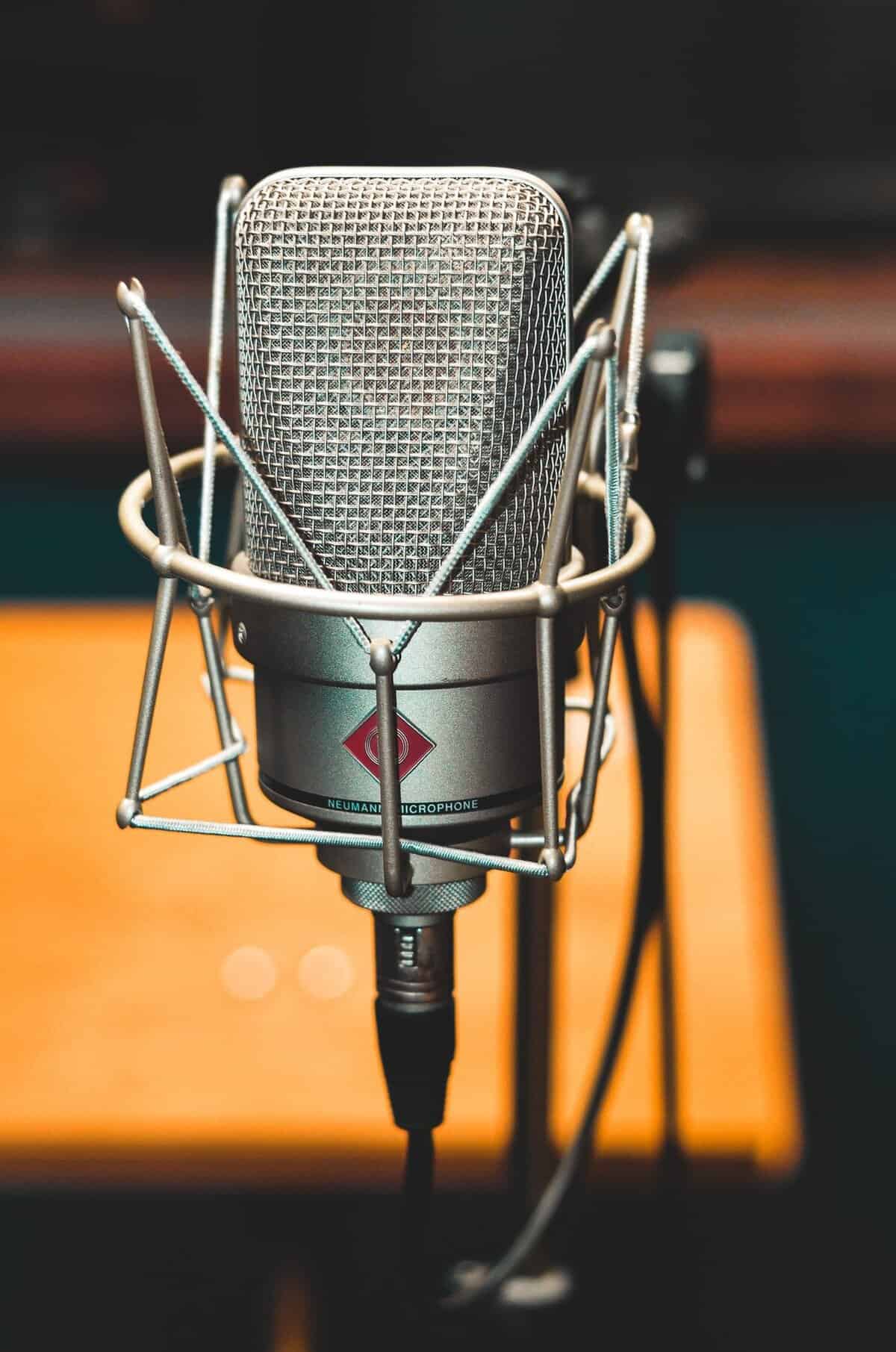Storm BennettStorm Bennett is CEO of six-time Telly Award-winning Killerspots Agency, On-Air talent, International Voice over and Marketing Maven.
Storm Bennett is a true renaissance man. A distinguished marketing guru, business strategist, and an international voice talent for over 30+ years, Storm has helped brands discover their unique voice, elevating awareness of their businesses above the noise of competitors.
By leveraging his industry experience, strategic execution of marketing plans and implimenting his vetted staff of professionals, Storm speaks directly to his clients’ target audiences, increasing market share and driving conversions for clients in every industry across the United States. In the Cincinnati and Tri-State region, there are few media personalities as
well-known as Storm. His flair for captivating audiences is famous and his
skills in endeavors ranging from television, radio, voiceovers, and omnichannel
marketing have been bolstering businesses for three decades and counting. Storm’s natural talent for capturing the interest of audiences has helped build a media legacy that includes receiving the Business Journal’s ‘40 Under 40’ recognition, winning six Telly awards, being the emcee for the Palm Beach Tan Award shows, and being CBS Cincinnati’s Business Minute host, just to name a few. Storm continues to be one of the most dynamic, sought-after personalities in the Tri-State area and beyond, bringing his wide range of experience and magnetic charm to elevate every project he touches. Together with his clients, Storm creates meaningful, strategic approaches to individual media plans, building each from the ground up while taking into account the unique needs and business challenges of each brand.
Few CEO’s can boast an entrepreneurial fame based solely on their personality and distinctive voice, but Storm is one of them. But as his clients will tell you, working with Storm and his team nets them much more than just a charming personality and voice. As the driving force behind the scenes of KillerSpots Agency, each of Storm’s clients receives a full suite of marketing solutions coupled with purposeful, strategic applications that will drive meaningful engagement and ROI. KillerSpots’ solutions include:
Radio Commercials
Jingles
Voiceovers
On-Hold Messaging
Video Production
Digital Marketing
Strategic Media Buying and Planning
SEO and SEM
Green Room Studio Rentals
Complete Brand Makeovers
Since 1999, everything a client could need for triggering exponential and trackable growth can be found within Storm’s KillerSpots Agency.
Never one to fear a jump into the unknown, Storm’s career began in the 90s when he became an intern for the Glenn Beck Program on Baltimore’s B-104FM/WBSB. This initial foray into radio proved formative for Storm, giving him a strong foundation to understand the power of radio and his own voice. It started him down the path to become the true renaissance man he is today.
After dipping his toes into talk radio, Storm continued DJing coast-to-coast in hot markets like Washington DC, Baltimore, Ocean City, Houston, Atlanta, New Jersey, and New York; catapulting clients to success in every location. Storm has mastered the media and advertising worlds in the years that followed, serving not only as a leading voice but as a pivotal thought leader in marketing and advertising.
When it comes to meaningful marketing, Storm’s talents are second to none. From pinpointing his clients’ business needs and moving to create comprehensive marketing and advertising strategies that surround target audiences, Storm and KillerSpots build marketing campaigns that drive conversions and build consumer loyalty for brands across a range of industries. He’s been the face and voice of numerous companies via nationally aired television commercials, websites, and corporate events, even emceeing corporate functions, and has been the face of a number of major brands, such as BMW, Honey Baked Ham, Frisch’s restaurants, and Pirates Cove Tropical Grill.
When placed at the helm of a brand, Storm has shown time and again a natural ability to ignite growth. In the late 90s, Storm was the Vice President of Entertainment and Marketing for Chills and Thrills, Inc. Soon after, he would be hired and move to Cincinnati as the Entertainment and Marketing Director for The Yucatan Liquor Stands.
Within a few years, Storm would become a partner for Yucatan, and he would stay in Cincinnati, where he’s still making a mark on the media and marketing landscape there today.
Since moving to Cincinnati, Storm has become regionally known from stints as a DJ for KISS 107FM and MIX 94.1FM. Over the course of the past 20+ years, Storm has also been an integral part of the Sinclair Broadcasting team, where he is an on-air personality, brand ambassador and commercial voiceover talent heard and seen on Cincinnati’s CBS affiliate; Local 12 – WKRC and the My Networks; Star 64.
While he holds a bachelor’s degree in Television, Theatre, and Marketing from Maryland,
Storm attributes his success to having a strong, old-fashioned work ethic and a genuine passion for the work he does as well as the businesses he supports.
Storm Bennett is married to Heather Bennett (CEO of Dès Vu Experiences, llc.)
Storm and Heather are passionate about giving back and is involved in local charities such as The Make A Wish Foundation and the Ronald McDonald House.
Contact Storm Bennett, please contact:
The Killerspots Agency. (513) 270-2500


